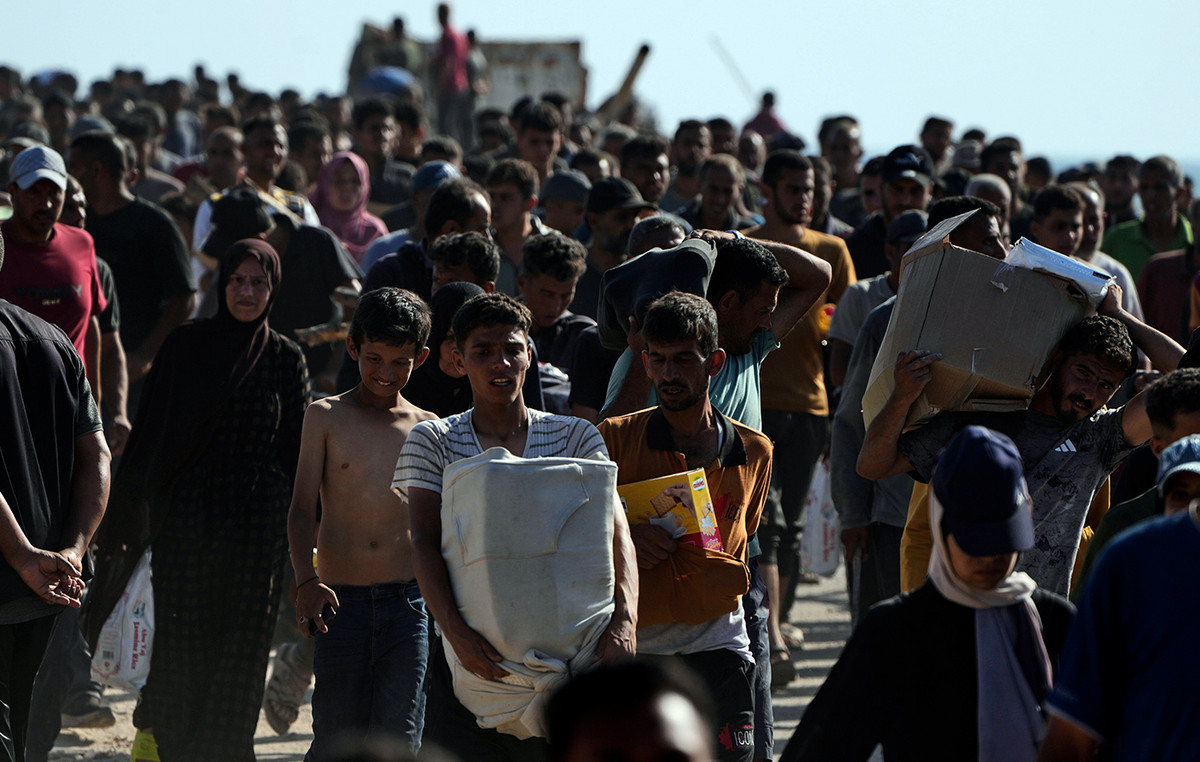Given the strong inflation that only seems to increase around the world, the different currencies are starting to take the hits and reflect the uncertainty of an economy with two years of pandemic, a Russian war in Ukraine that impacted the market oil prices and the slowdown in the growth of countries as important as China.
That’s why it’s worth asking, what are the 10 strongest currencies in the world? And before reaching the first place, we warn you in advance that it is not the dollar, although it is the most used currency for international operations.
A hard currency is determined by the amount of goods and services you can buy with it and the amount of other currencies you can receive in exchange for a unit of the starting currency, according to an analysis by Forex.com, a trading platform of foreign currencies.
As the dollar is the most used currency on the market, it works as a reference to calculate the value of other currencies. So the more dollars you need to buy a single unit of another currency, the stronger it will be. If you need fewer dollars, then this currency is considered weaker.
The dollar and euro hit par for the first time in 20 years on July 12, after the former strengthened against the latter, which was down 12% from last year.
The 10 strongest currencies in the world
- Kuwaiti Dinar
- Bahraini Dinar
- Omani Rial
- jordan dinar
- British Pound (United Kingdom)
- Cayman Islands Dollar
- Euro
- Swiss franc
- Dollar
- Canadian dollar
Why is the Kuwaiti dinar so strong?
If you are not involved in the foreign exchange market, you have probably never heard of the Kuwaiti dinar before. And don’t worry: it’s because it’s not as widely available as the dollar and euro. The Central Bank of Kuwait explains that, since 2007, its dinar was pegged to an “undisclosed basket of international currencies from Kuwait’s main trading and financial partners.”
The reason? According to the bank, the exchange policy aims to “maintain and increase the relative stability” of the Kuwaiti dinar in relation to other currencies, “also protecting the domestic economy against the impacts of imported inflation”.
This stems from the fact that between 2003 and 2007 the currency was pegged to the dollar. But Kuwait changed policy “after exhausting all attempts to absorb the adverse effects of the depreciation of the US dollar against major currencies over a long period.”

Now, how does a country as small as Kuwait manage to have the strongest currency? The answer lies in oil. The CIA Fact Book explains that the country’s economy is very rich due to the amount of crude oil reserves it has: approximately 102 billion barrels, or 6% of the world’s reserves.
According to CIA data, oil accounts for 92% of Kuwait’s export earnings and 90% of government revenues.
“Practically all of Kuwait’s wealth is derived directly or indirectly, through foreign investment, from the extraction and processing of oil”, explains the Encyclopedia Britannica on the country’s economy, which highlights that the key element for the country’s development has been the constant and rapid expansion of the oil industry since 1970.
The profits that Kuwait made in the following years from oil and investments gave it one of the highest per capita incomes in the world.
In 1990, the country nearly depleted foreign investment income due to its invasion of Iraq under Saddam Hussein. But it rebounded with the rise in oil prices in the 2000s.
But with oil at the center of Kuwait’s economy, other sectors such as agriculture, manufacturing and commerce are weak, according to the Encyclopedia Britannica.
Source: CNN Brasil
I am Sophia william, author of World Stock Market. I have a degree in journalism from the University of Missouri and I have worked as a reporter for several news websites. I have a passion for writing and informing people about the latest news and events happening in the world. I strive to be accurate and unbiased in my reporting, and I hope to provide readers with valuable information that they can use to make informed decisions.







